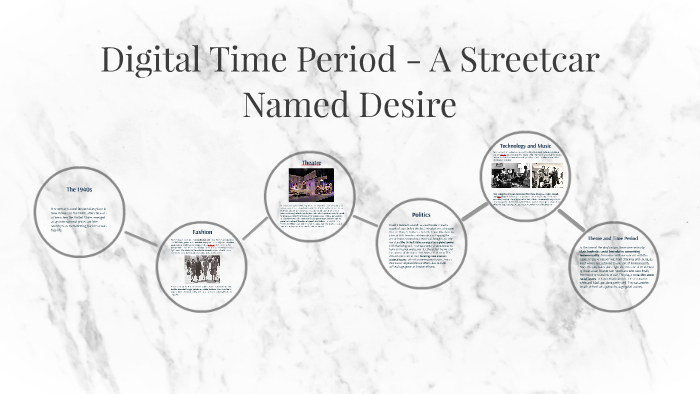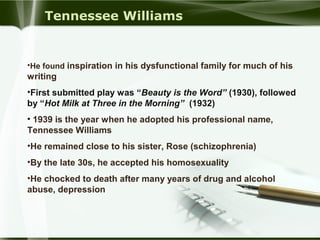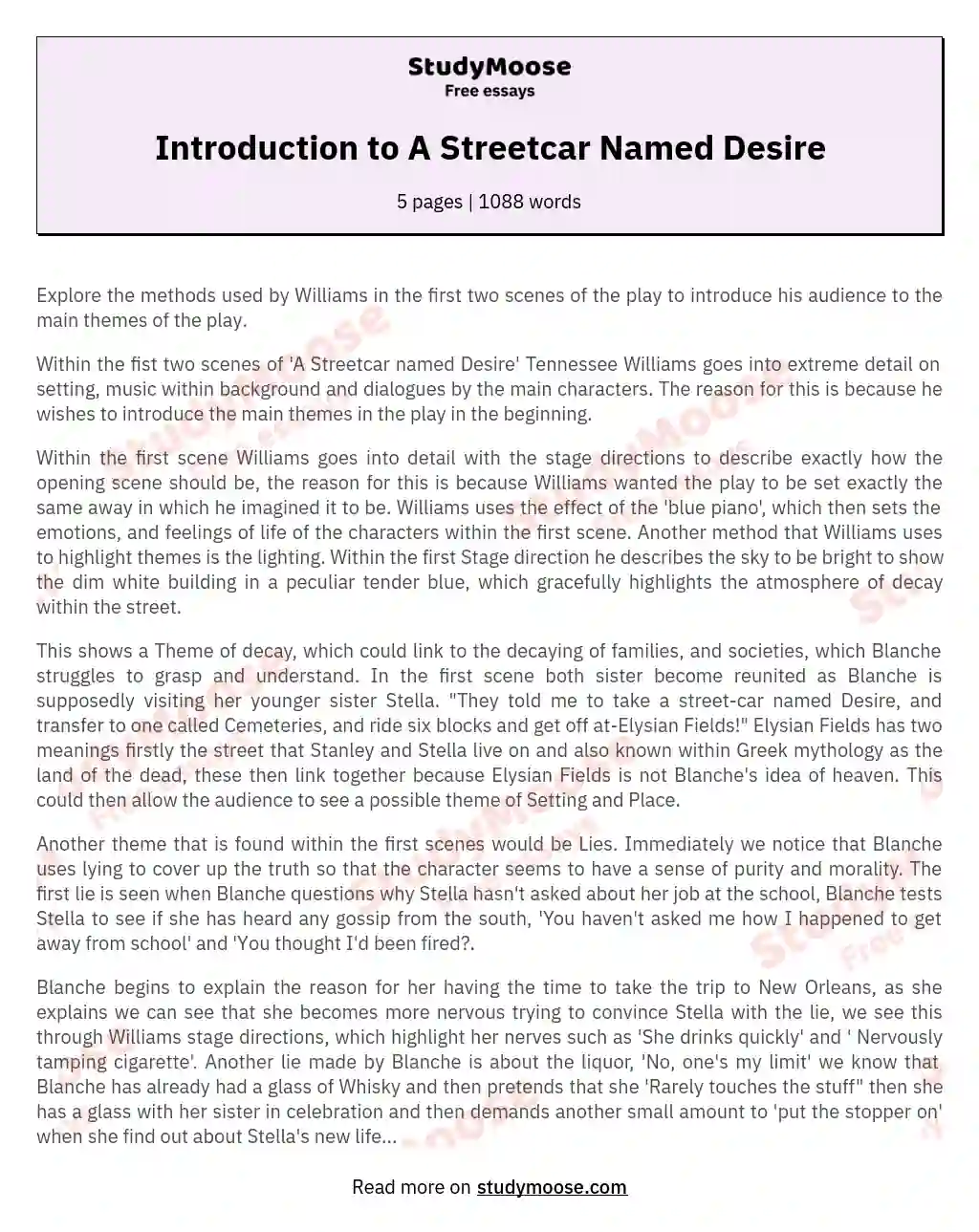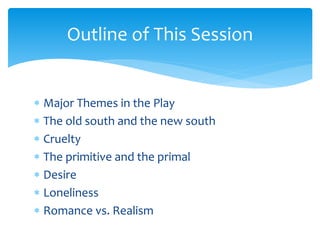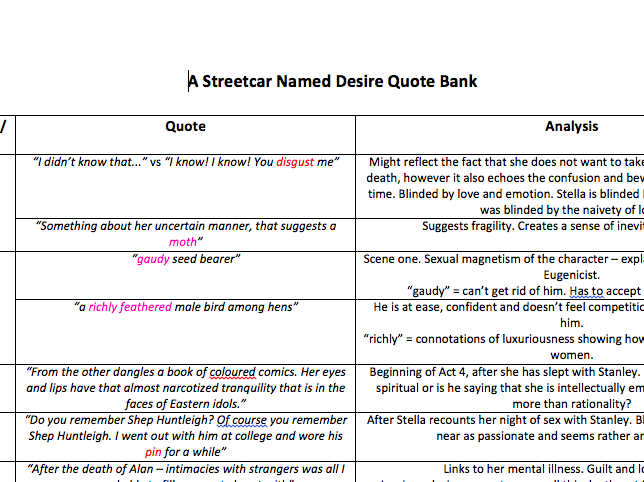A Streetcar Named Desire, a play written by Tennessee Williams in 1947, is a Pulitzer Prize-winning drama that explores a range of themes including desire, sexuality, power, and gender roles. The play centers around the character of Blanche Dubois, a troubled and disillusioned woman who comes to stay with her sister, Stella, and her brother-in-law, Stanley, in New Orleans. As Blanche and Stanley's lives intersect, the themes of desire, power, and gender roles come to the forefront and drive the conflict between the two characters.
One of the central themes of A Streetcar Named Desire is desire. Blanche is a woman who is desperately seeking to fulfill her desires, both sexual and emotional. She is constantly seeking out men, even though she knows it will only bring her heartache and pain. Stanley, on the other hand, is a man who is driven by his primal desires, especially his sexual desires. He is confident and assertive, and he uses his physical strength and masculinity to get what he wants. The conflict between Blanche and Stanley is fueled by their opposing desires, with Blanche trying to escape from her desires and Stanley embracing them.
Another theme in A Streetcar Named Desire is power. Stanley is a man who is used to being in control, and he wields his power over Stella and Blanche with ease. He is physically strong and dominates those around him, using his power to get what he wants. Blanche, on the other hand, is a woman who has lost her power and is struggling to regain it. She is dependent on Stella and is constantly trying to assert her own authority, but she is ultimately unable to match Stanley's strength and power. The theme of power is central to the conflict between Blanche and Stanley, as they each try to assert their own dominance over the other.
A Streetcar Named Desire also explores the theme of gender roles and the expectations placed on men and women in society. Stanley is a macho, traditional man who is expected to be the breadwinner and the head of the household. Blanche, on the other hand, is a woman who is expected to be refined and elegant, and she struggles to live up to these expectations. She is constantly trying to maintain her femininity and hide her sexual desires, while Stanley is free to embrace his masculinity and sexuality. The theme of gender roles is evident in the way Stanley and Blanche interact with each other, as Stanley tries to assert his dominance over Blanche and Blanche tries to maintain her dignity in the face of Stanley's aggression.
Overall, A Streetcar Named Desire is a powerful and thought-provoking play that explores themes of desire, power, and gender roles. The conflict between Blanche and Stanley is driven by their opposing desires and their struggle for power, and the play ultimately serves as a commentary on the expectations placed on men and women in society.

